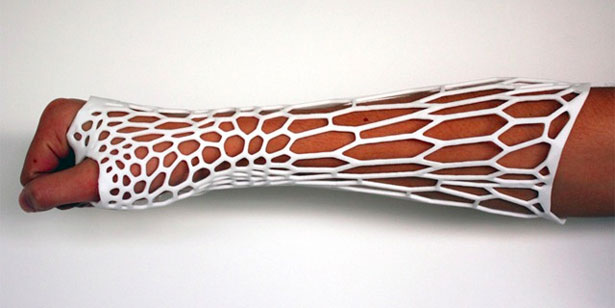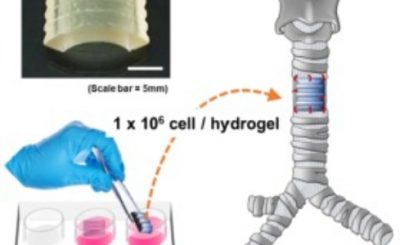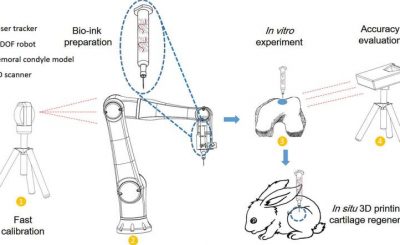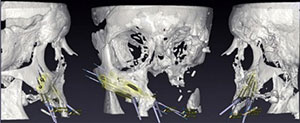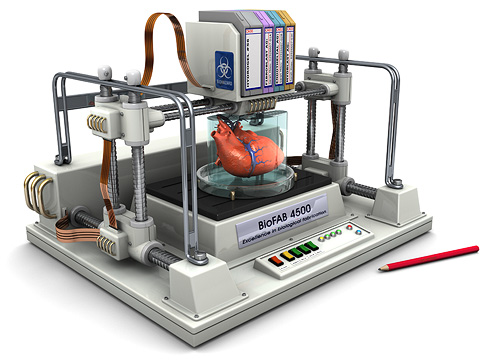A team at Heriot Watt University in Edinburgh is about to use a 3D bioprinter to build a brain tumour.
The printed tumour could shed new light on the way this cruel disease develops and give us new tools to fight against it. It clearly has potential, because The Brain Tumour Charity has backed the research as part of a major initiative that will cost £4.3 million ($6.3 million).
The team in Scotland will take a blend of cells that commonly make up the most debilitating forms of brain tumours. They will then create the kind of growth that 
Dr Leslie said: “We have developed a novel 3D printing technique to print brain tumour cells for the first time. These cells continue to grow rapidly, more closely mimicking the growth of these aggressive tumours in real life.
“Our goal is that this should provide a new way of testing drugs to treat brain tumours, leading to new treatments and speeding up the process by which new drugs become available to patients.”
The breakthrough we’ve been waiting for?
Chief Executive of the The Brain Tumour Charity Sarah Lindsell added: “Progress towards more effective treatments for brain tumours has been too slow for too long. We urgently need new ideas to bring hope to the thousands whose lives are affected every day by this devastating disease.
“That’s why we are delighted to fund this pioneering project at Heriot-Watt as part of our major research investment announced today.”
Printing presses the advantage
Bioprinting is still in its infancy and while the world is waiting for the day when we can simply print heart transplants and new arms, this type of research is still pushing the boundaries of what is actually possible today. We still don’t have a real understanding of how tumours work and we’re relying on relatively crude methods to treat them.
By building our own, we can take it back to the base building blocks and look for clues during the growth stage that could help us beat this horrendous illness once and for all.
